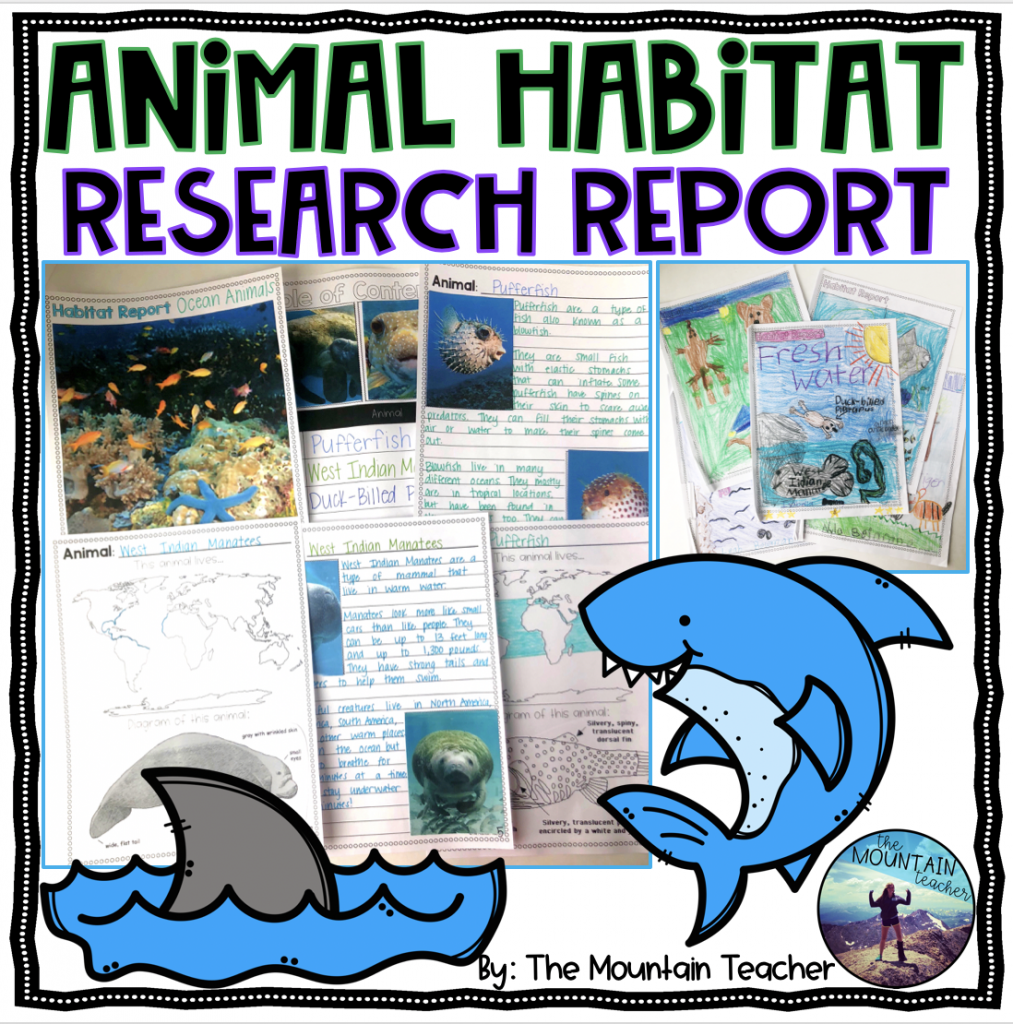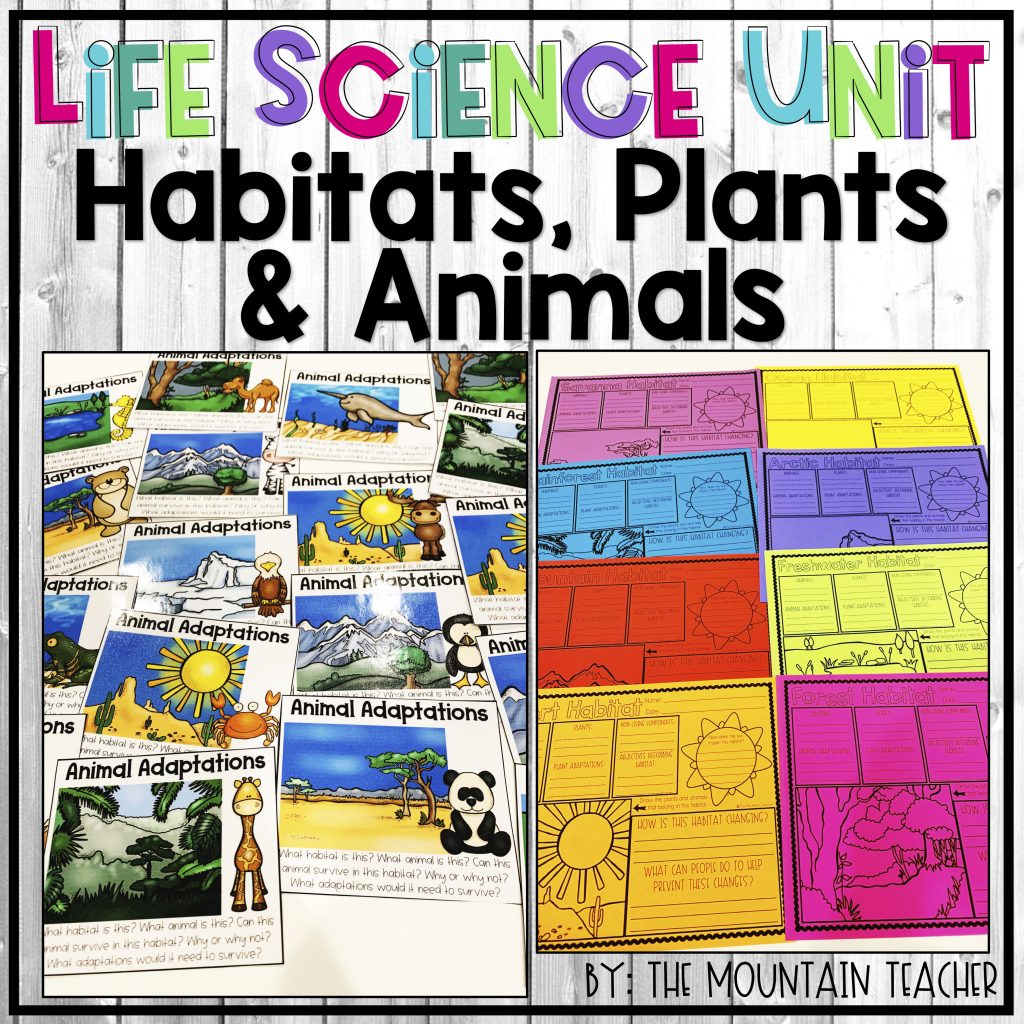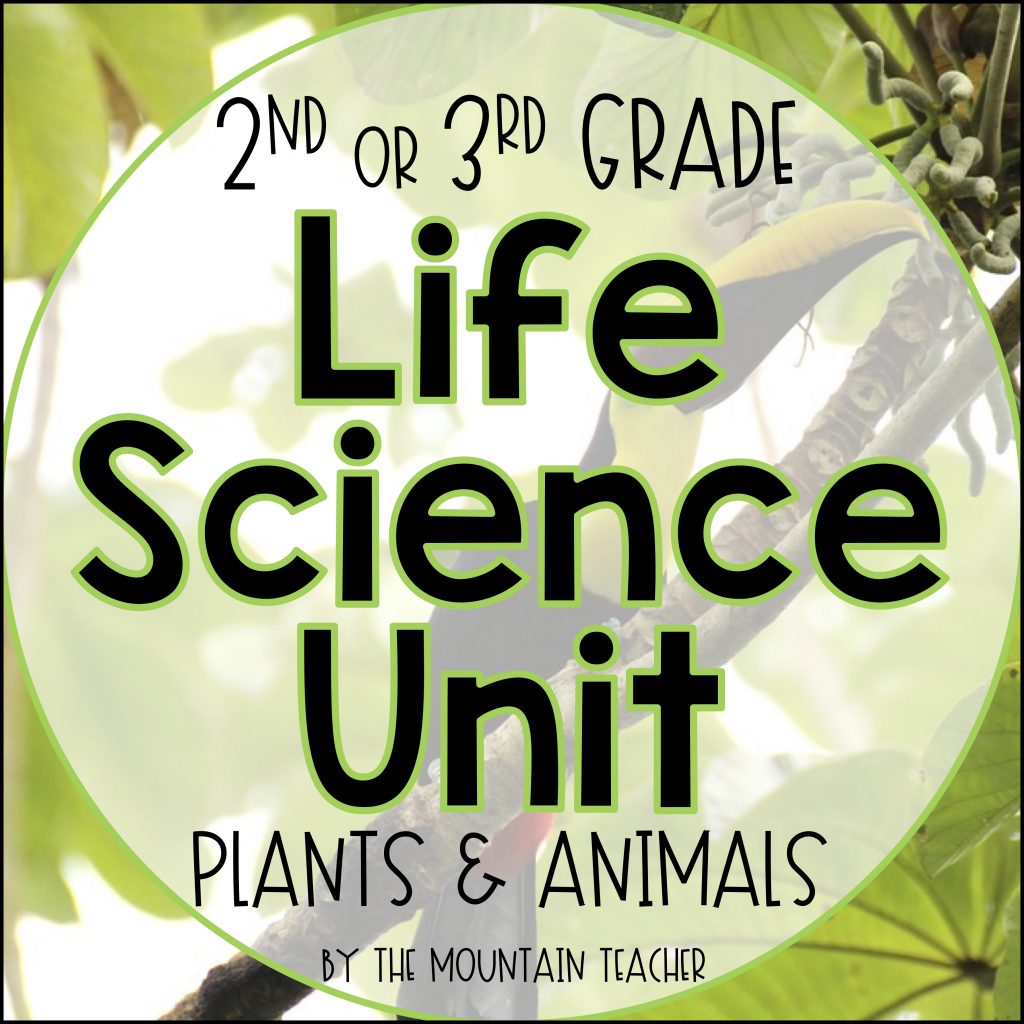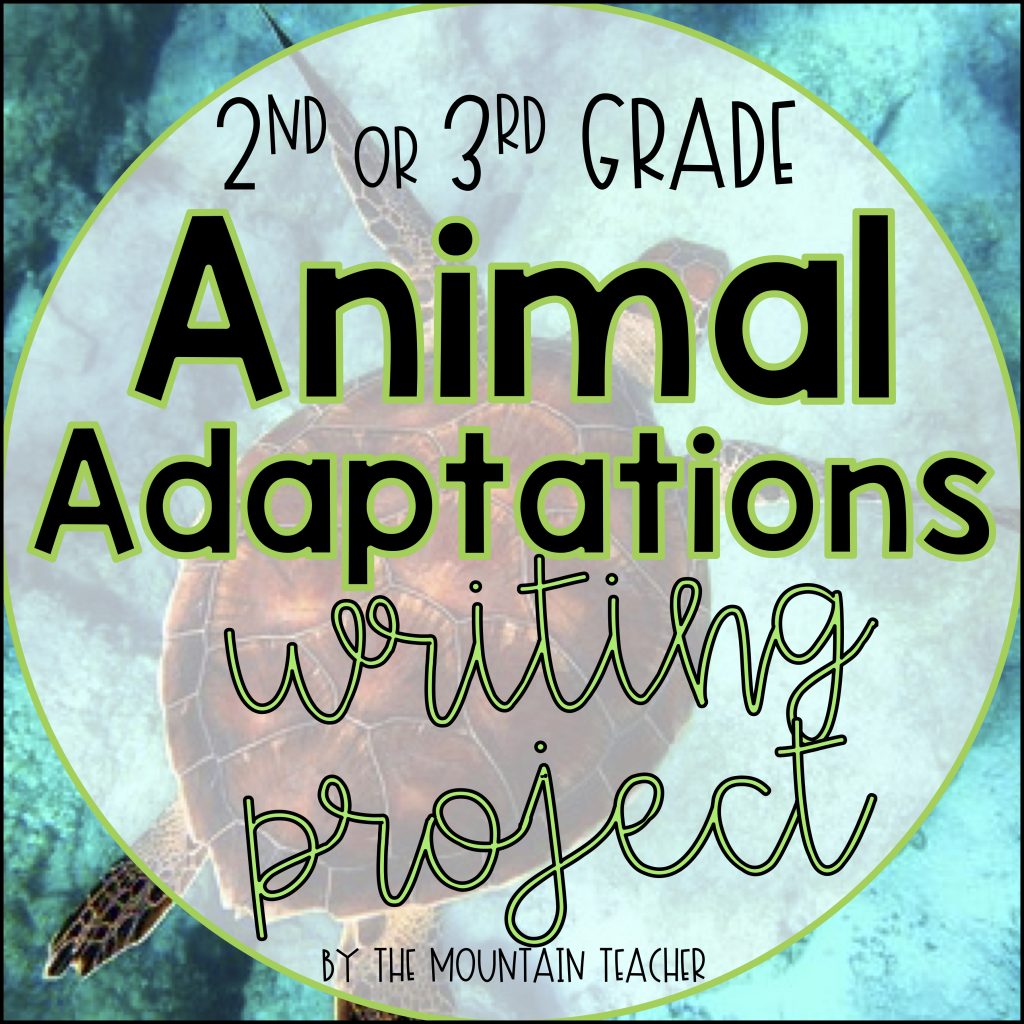How to Make an Animal Habitat Project in Elementary School
Are you looking for an exciting way to combine reading, writing, science and technology skills? This exciting project is the perfect combo and is easy for your primary students to navigate on their own.
Background:
To start, I like to get students excited about the project by reading different animal books to the class or watching different videos. Our school uses BrainPopJr, but there are plenty of free options on youtube as well. We talk about different habitats (read more about the full science unit here) and then we each pick our favorite habitat that we want to write about.
After students have picked a habitat, I give them 1-2 days to explore all of the animals in the habitat on the National Geographic Kids website. This is a FREE website that allows students to research many different animals, and provides real life pictures and videos of the animals as well. At the end of this period, I have the students pick 3 animals from the same habitat to research. For your purposes, you can have them do as many or as few animals as you want.
Research:
I then give students time to research their first animal. This is after HIGHLY modeling the first animal in my book myself. We talk about best note taking practices, as we do not want students to be writing or copying down full sentences. When they complete research, I let them navigate National Geographic on their own.
Writing & Differentiation:
The next day, we turn our research into drafts. We focus on making our sentences interesting, but being sure that we are not telling a story. This can be especially tricky for younger kids, so I am sure to model this process for them.
This project is differentiated for different skill or grade levels. Some students might be able to write 5-6 sentences on an animal’s appearance, whereas others might only be able to write 1-2. The graphic organizers included accommodate for that. Another way I like to differentiate is to allow students to do their research with a partner, assuring that struggling readers have the same access to the resources.
We repeat the research and writing steps for as many animals as we are researching. For second graders, I like to do about 3-4 animals. For your high achieving students, you might offer to let them research as many as possible.
Publishing:
Because we spend so long working on this project, I like to give students as much time as possible to work on publishing. We usually spend up to a week taking our time using our best handwriting and best drawing skills. I also allow students to go back on National Geographic to look at maps, diagrams and photos of the animals. We talk about how the different photo boxes should feature different attributes of the animals.
Sharing and Extensions:
When the project is over, I always like to find a younger group of classmates to share the books with. We also always do this project before our trip to the zoo, so I like to have parent chaperones look at their books before the field trip. Then, we can try to find some of the animals at the zoo.
Another extension that my students LOVE doing either at home or at school is using a shoe box or STEM supplies to build a 3D diagram of their habitat and the animals that they researched. We pay special attention to how these animals co-habitate when creating these diagrams. This is a great project to do at school or at home.
Distance and Independent Learning:
This project lends itself extremely well to independent or distance learning. This project began as a passion project for my ALP students. Simply model one animal either via video or small group, then allow students to complete this process for as many animals as possible. It is very easy for a teachers’ aide, a parent volunteer or a home-schooling parent to help facilitate after the first animal is complete, and it is highly engaging for students.
Get What You Need:
Animal Habitat Research Project


You Might Also Be Interested In Reading More About:

Teaching About Animal Adaptations

Thanks so much for stopping by! Drop any further questions or great ideas in the comments below.
